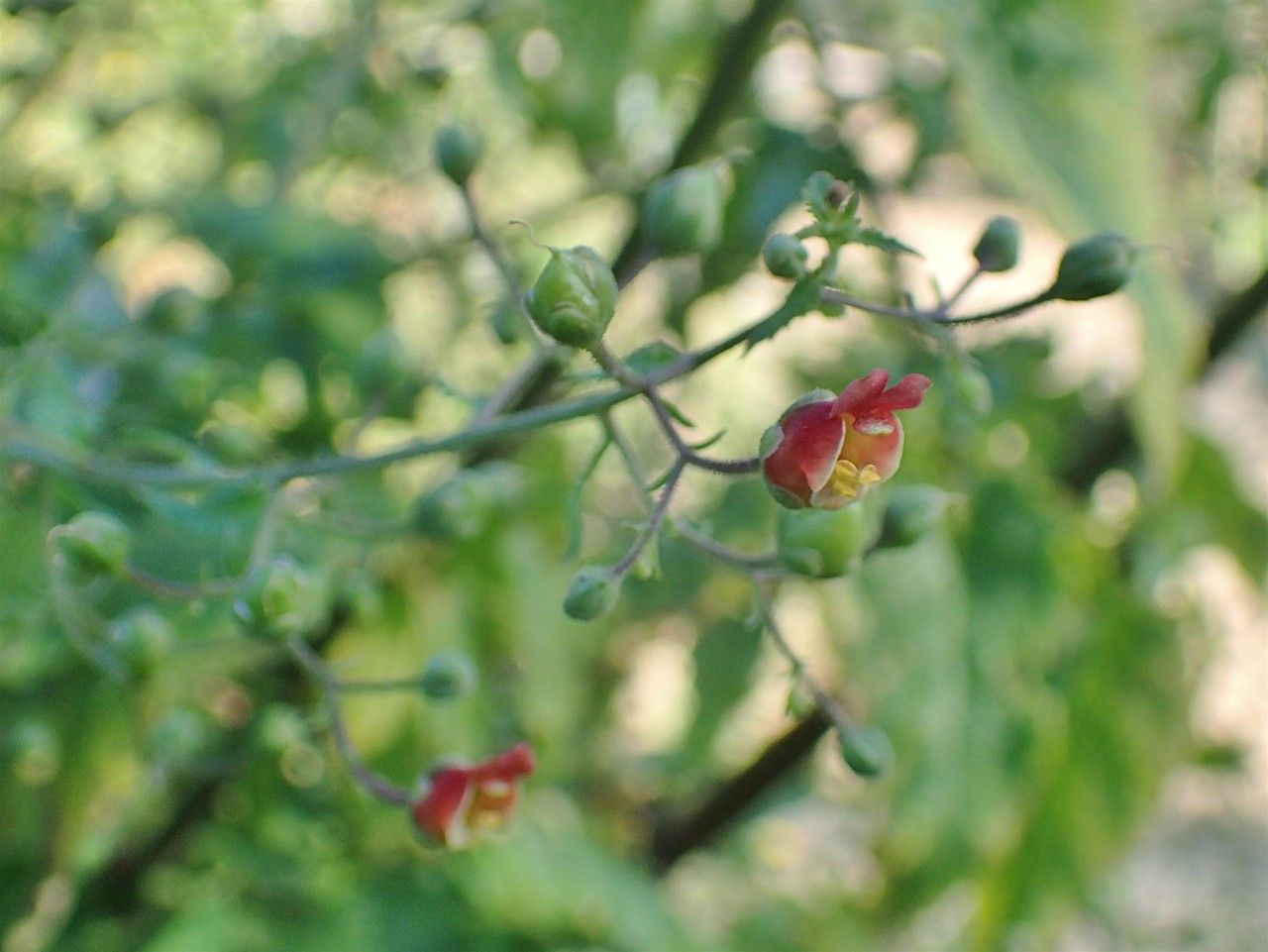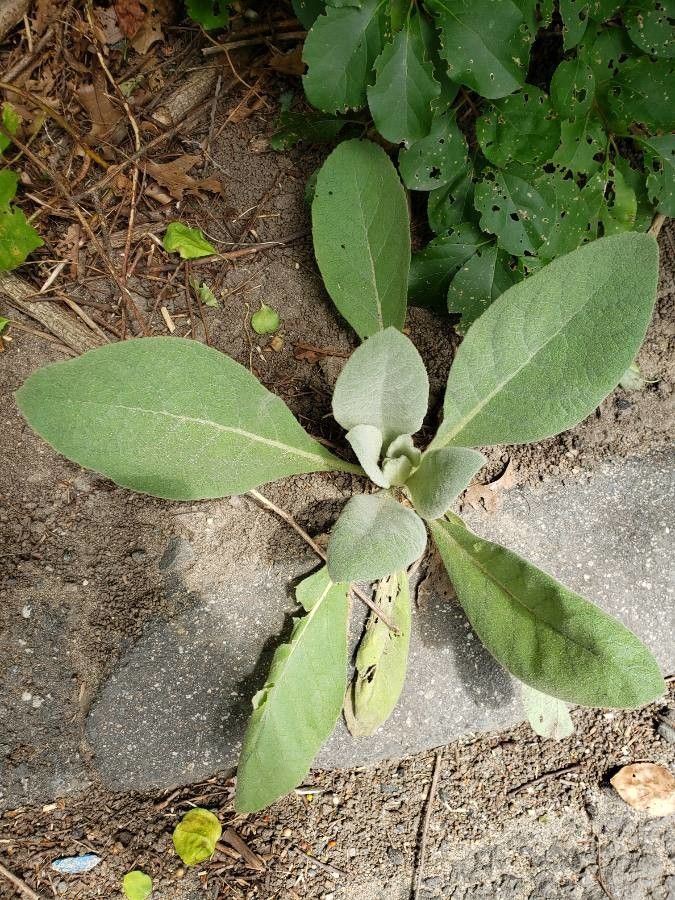## Balm-leaved Figwort: A Comprehensive Guide
Balm-leaved Figwort ( *Scrophularia scorodonia* ) is a fascinating perennial herb belonging to the Scrophulariaceae family. While not as widely known as some other garden plants, its unique characteristics and relatively easy care make it a rewarding addition to any garden, especially for those interested in attracting pollinators and showcasing diverse plant life.
### Habitat and Growth
This wildflower is native to Europe and parts of Asia, thriving in a range of environments. You'll often find it growing in woodland edges, scrubland, and even hedgerows. It prefers slightly acidic to neutral soils and can tolerate partial shade, making it a versatile choice for many gardens.
### Soil Needs and Sun Exposure
Balm-leaved Figwort prefers well-drained soil that's rich in organic matter. While it tolerates some dryness, consistently moist soil is ideal for optimal growth. It thrives in partial shade to full sun but will appreciate some protection from intense midday sun in hotter climates. Avoid planting in areas with waterlogged soil, as this can lead to root rot.
### Physical Characteristics
The Balm-leaved Figwort is identifiable by its distinctive, heart-shaped leaves, giving it its common name. These leaves have a slightly aromatic, slightly pungent smell, hence the 'balm' reference. The plant typically grows to a height of 30-90cm (1-3 feet). The small, yellowish-green flowers are arranged in loose, branched clusters. They bloom in late summer and early autumn, attracting beneficial insects.
### Planting and Care
Propagation can be achieved through seed sowing in spring or by dividing established plants in autumn or early spring. Once established, Balm-leaved Figwort is relatively low-maintenance. Regular watering, particularly during dry spells, is essential. Adding a layer of mulch around the base of the plant will help retain moisture and suppress weeds. Deadheading spent flowers can encourage more blooms and prevent self-seeding.
### Uses and Benefits
Historically, Balm-leaved Figwort has been used in traditional medicine, although its medicinal use is not widely supported by modern scientific evidence. Its primary value today lies in its contribution to biodiversity. Its attractive flowers draw a variety of pollinating insects, contributing to a healthy garden ecosystem. Its low-maintenance nature makes it an ideal plant for naturalistic or wildlife gardens.
### Potential Problems
While generally a robust plant, Balm-leaved Figwort can be susceptible to fungal diseases in poorly drained or overly moist conditions. Regular monitoring and appropriate watering practices can help prevent these issues. Slugs and snails may also occasionally be a problem; handpicking or using slug pellets can be effective.
### Conclusion
Balm-leaved Figwort is an unassuming yet valuable addition to any garden. Its hardiness, ease of care, and contribution to pollinator populations make it a worthwhile choice for gardeners of all levels. Its unique leaves and subtle blooms offer an understated beauty, perfectly suited to a naturalistic or wildlife garden setting.
Balm-leaved Figwort: A Gardener's Guide

Frequently Asked Questions
How do I grow Balm-leaved Figwort?
Balm-leaved Figwort can be grown from seed sown in spring or by dividing established plants in autumn or early spring. Choose a location with well-drained, organic-rich soil and partial shade to full sun. Regular watering is important, especially during dry periods.
What are the soil requirements for Balm-leaved Figwort?
Balm-leaved Figwort prefers well-drained soil rich in organic matter. It tolerates slightly acidic to neutral pH levels. Avoid waterlogged soil, which can lead to root rot.


